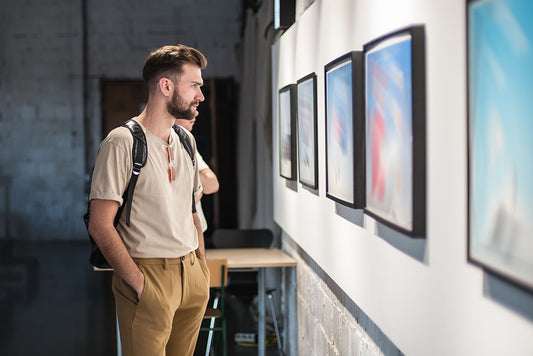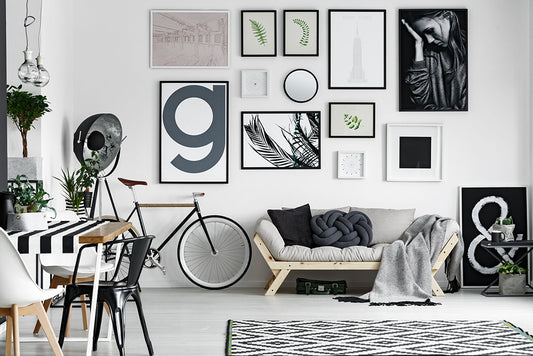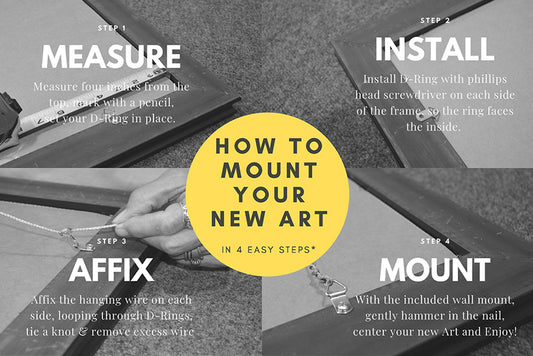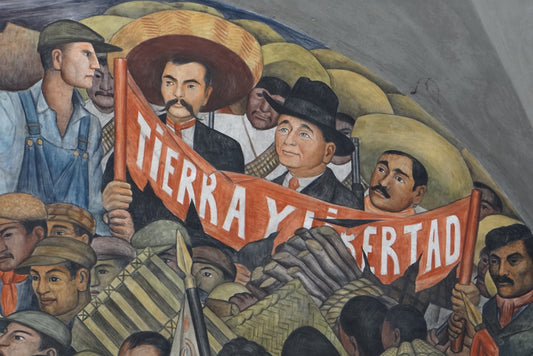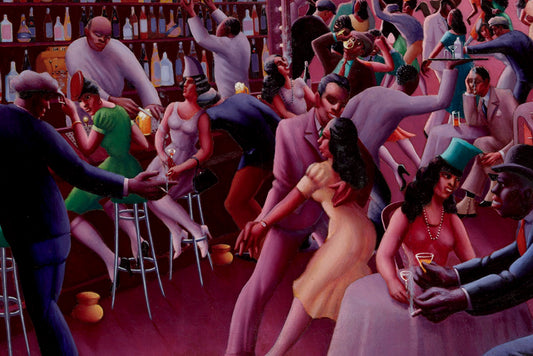
The Unheard Voices: Unveiling the Influence of Women Artists Throughout Art History
Art, in its profound beauty, can inspire, provoke, and mirror the human condition. Yet, in the reflection of this vast canvas of human history, half of the world's population—women—have often been overlooked. This piece seeks to spotlight the pivotal women artists who sculpted their creative visions in silence, their works shaping seminal art movements across centuries.
Let us delve into the richness of art history, illuminating the lives and works of these female virtuosos whose contributions deserve our recognition and respect.
Medieval: Claricia (13th Century)
In an era when most women were nameless, Claricia, a 13th-century illuminator, inscribed her identity into history through her self-portrait in a Psalter. A rare female figure in a male-dominated field, Claricia's presence challenges our assumptions about women's roles in Medieval art.
Early Renaissance: Plautilla Nelli (1524-1588)
Often outshined by male contemporaries like Michelangelo, Plautilla Nelli, a self-taught artist and nun, stood as one of the few known women artists during the Renaissance. Her monumental work, "The Last Supper," completed in 1568, is the first known Last Supper painted by a woman. Nelli's compassionate perspective brought a unique humanizing touch to her religious subjects, eschewing the idealized norms of the time, thereby marking a milestone in Renaissance art.
Baroque: Artemisia Gentileschi (1593-1653)
Emerging amidst the Baroque male pantheon was Artemisia Gentileschi, whose achievements speak volumes about her indomitable spirit. She was one of the first women accepted into the Accademia di Arte del Disegno in Florence. Gentileschi’s visceral works, like "Judith Slaying Holofernes," teem with a strength and fury that seem to reflect her personal battles, defying the submissive womanly stereotypes of the era.
Rococo: Élisabeth Louise Vigée Le Brun (1755-1842)
As court painter to Marie Antoinette, Élisabeth Vigée Le Brun navigated the ornate Rococo world with unmatched grace and skill. Her ability to convey the elegance and inner life of her sitters, as seen in "Self-Portrait in a Straw Hat," made her one of the most sought-after portraitists of her time. Her success underscores the silent revolution in women's social status during the 18th century.
Impressionism: Berthe Morisot (1841-1895)
An irreplaceable figure in the Impressionist movement, Berthe Morisot was the only woman to exhibit in the first Impressionist Exhibition in 1874. Her works, like "The Cradle," captured the intimate, unseen moments of Parisian life, allowing her female subjects a prominence rarely seen in her male contemporaries' works. Morisot’s distinctive perspective highlights the subtleties of a woman's world, forever enriching the Impressionist genre.

Post-Impressionism: Suzanne Valadon (1865-1938)
From her unique vantage point as a former circus acrobat and artist’s model, Suzanne Valadon forged a path as a respected Post-Impressionist painter. Valadon's works, such as "The Blue Room," dared to present women as assertive, sensual beings, challenging the passive female imagery typically portrayed by male artists. Valadon's audacious spirit continues to inspire artists today.
Modernism: Georgia O'Keeffe (1887-1986)
The Mother of American Modernism, Georgia
O'Keeffe's signature style of magnified flowers, skyscrapers, and desert landscapes, like "Ram’s Head, White Hollyhock—Hills," boldly confronted the norms of traditional painting. Her unwavering determination opened the door for future generations of women artists, expanding the horizons of American art.
Abstract Expressionism: Lee Krasner (1908-1984)
While often overshadowed by her husband, Jackson Pollock, Lee Krasner was a pioneering force in Abstract Expressionism. Her works, such as "The Seasons," broke conventional norms, utilizing color, form, and scale to express emotions directly. Krasner’s contributions debunk the myth that women artists could not match their male counterparts in the tumultuous field of Abstract Expressionism.
Pop Art: Marisol Escobar (1930-2016)
Marisol Escobar, known as Marisol, infused the predominantly male Pop Art movement with a refreshing female voice. Her satirical, larger-than-life sculptures, like "The Family," critiqued societal conventions and gender roles, boldly challenging the norms of her era.
Contemporary Art: Yayoi Kusama (1929-present)
Japanese artist Yayoi Kusama's polka dot-infused artistry and "Infinity Mirrored Rooms" have enthralled global audiences. Her unapologetic, innovative style confronts the interplay between self-identity, mental health, and artistic creation. Kusama's tireless courage is a beacon for today's artists, inspiring them to unabashedly explore their creativity.
From Medieval illuminations to infinite contemporary universes, these women artists have wielded their brushes against the tides of their time, leaving indelible imprints on the annals of art history. As we bask in their artistic legacy, it becomes our responsibility to amplify their voices, ensuring their stories become an integral part of the artistic narrative.
As we continue to champion women artists globally, let's remember these pioneering figures who defied societal norms and crafted their visions. Their stories inspire us to acknowledge and celebrate the extraordinary contributions of women artists throughout history and into our future.


